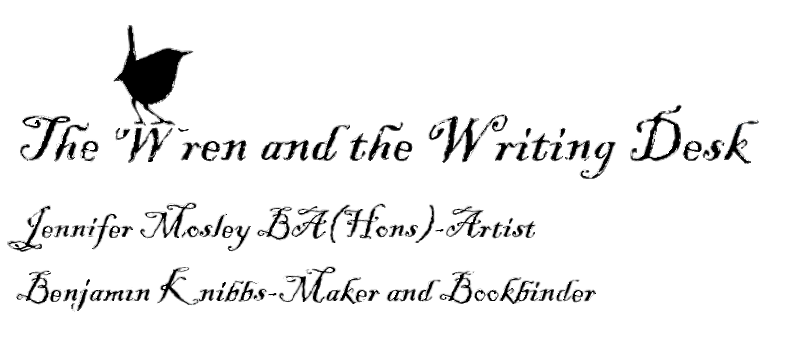Childhood memories also influence the art of Permindar Kaur, as well as haunt. For the last eight years Kaur has been creating ‘a repository of constructed objects which have their overt sources of iconographic reference in the worlds of domesticity and childhood.’ Kaur looks at the insecurities in a child’s mind. As in the work of Annette Messager the objects Kaur produces usually resemble toys, which are notable for their vulnerability. The toys have a foreboding rather than playful, inviting feel about them.
Kaur’s work ‘Innocence’, looks at the extreme danger in which the most vulnerable are sometimes placed. ‘Playing on our feelings of vulnerability, and effectively questions our attitudes toward power. She obliges us to reconsider our notions of childhood and adulthood, of the protector and the protected; what is safety, where are we safe, what demons or calamities might overwhelm us? What protects us and what might overwhelm us? What protects us and what might harm us?’
‘Innocence’ Permindar Kaur, 1993
In the last moments of a fairy tale, the awakening or ‘coming home’ signals the ‘reinstatement of calm’ and stability proclaims a ‘rite of passage.’ ‘Home’ is offered as the prize, at which the curtain is drawn on the ‘happily ever – after.’ This ‘home’ is logical. It provides a ‘discrete identity and location’ fulfilling the need for both physical and psychological comfort. It is this illusion of home, fabricated in the fairy tale, that signifies the familiar and therefore, the safe. In a Thriller for example, against the idyll of ‘home’ which is ‘furnished’ with the ‘illusory objects of the homely’ is set the horror of the ‘un – homely’, the domestic, grotesque or ‘uncanny.’ The uncanny appears in Kaur’s work through the distortion or ‘manipulation’ of domestic objects. At first the works seem deceptively familiar in their appearance caused by the comforting association of the bedroom or nursery-intimacy, play and childhood. As well as reducing us to the vulnerable state of children, Kaur’s work resembles the fairy tale grotesque, this is specifically so in the work Tall Beds, which containing three steel beds constructed to stand high above the viewer, which to me depicts the fairy tale ‘The princess and the pea’.
Tall Beds, 1996, Permindar Kaur


